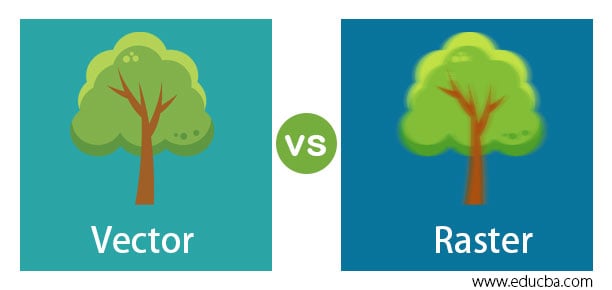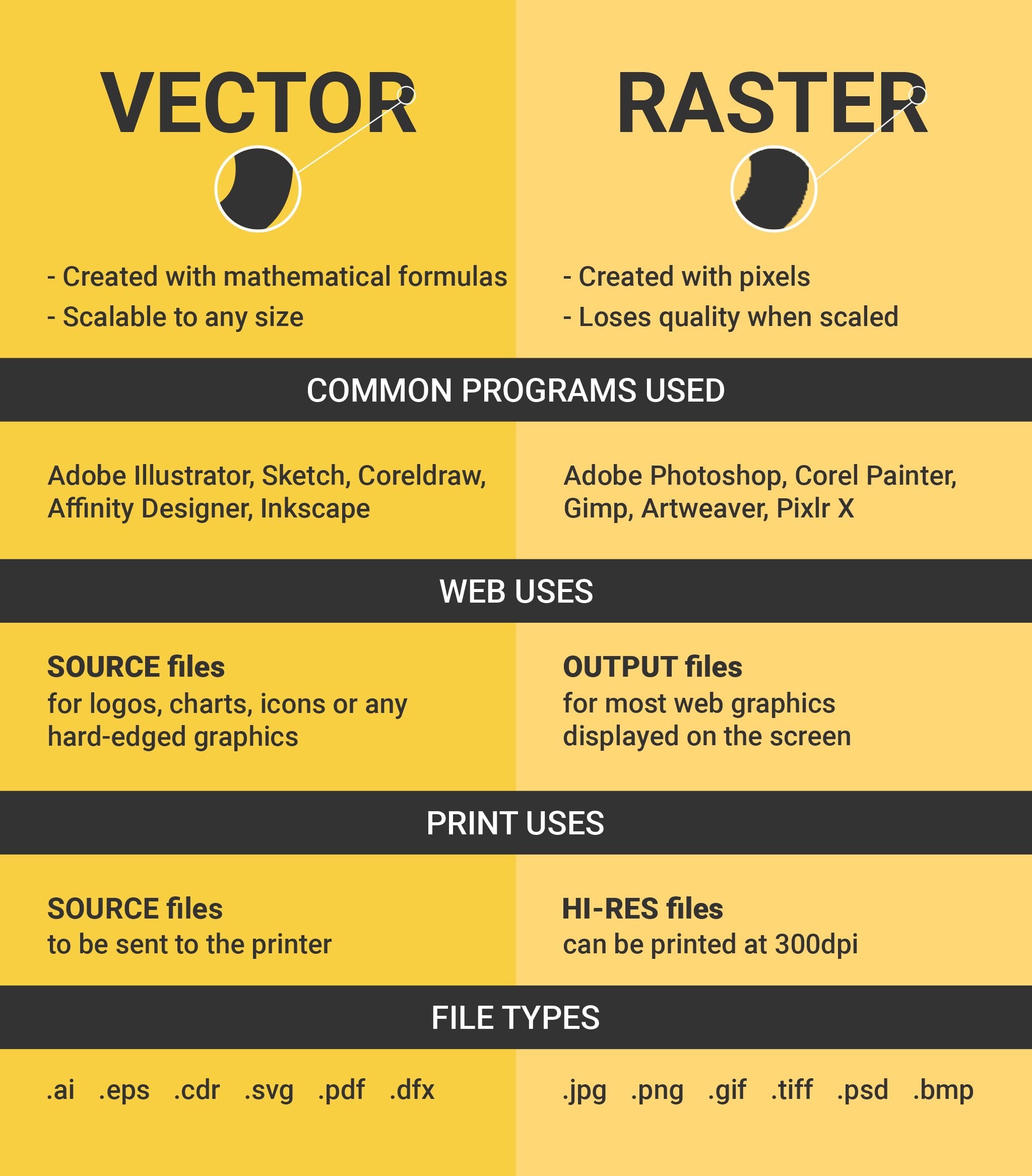
The majority of output maps from grid-cell systems do not conform to high-quality cartographic needs.Besides increased processing requirements this may introduce controversy over data due to generalization and choice of inappropriate cell size.



Continuous data, such as elevation data, is not effectively represented in vector form.Often, this inherently limits the functionality for large data sets, e.g. Algorithms for manipulative and analysis functions are complex and may be processing intensive.Furthermore, topology is static, and any editing of the vector data requires re-building of the topology. This is often processing intensive and usually requires extensive data cleaning. For effective analysis, vector data must be converted into a topological structure.location of each vertex needs to be stored explicitly.Allows for efficient encoding of topology, and as a result more efficient operations that require topological information, e.g.hard copy maps, is in vector form no data conversion is required. Graphic output is usually more aesthetically pleasing (traditional cartographic representation) Since most data, e.g.Data is represented at original resolution and form without generalization.12.2 Inverse Distance Weighted interpolation.11.3 Aggregation of spatio-temporal rasters.10.7.5 Extracting to polygons: multi-band.10.7.4 Extracting to polygons: single-band.10.7.3 Extracting to points: multi-band.10.7.2 Extracting to points: single-band.8 Geometric operations with vector layers.6.6 Generalizing raster algebra with st_apply.

#RASTER VERSUS VECTOR DATA SERIES#
3.1.1 Times and time series classes in R.2.3.6 Consecutive and repetitive vectors.2.3.3 Vector subsetting (individual elements).0.3.9 osmdata: Access to OpenStreetMap data.0.3.8 spatstat: Spatial point pattern analysis.0.3.7 spdep: Spatial dependence modelling.0.3.5 geosphere: Geometric calculations on longitude/latitude.


 0 kommentar(er)
0 kommentar(er)
